There’s just something about walking barefoot across a lush green lawn on a summer’s day. It almost beckons you to revert back to your six-year-old self and start doing cartwheels. Unfortunately getting your lawn in top condition takes a lot of work. The good news is that if you decide to go the natural route – and forgo fertilizer, herbicides and pesticides completely – it will also be less work. Here are 20 different ways to keep your lawn naturally green.
Published April 14, 2020, Updated June 13, 2021

Choose the Right Grass
The first step in getting that dream lawn is to plant the right grass. You need cool-season grasses that can tolerate the Canadian climate, such as Kentucky bluegrass, ryegrass or fescues. Your garden centre can give you advice on the best type of grass to plant for your yard. You can even use a mix of different grasses.
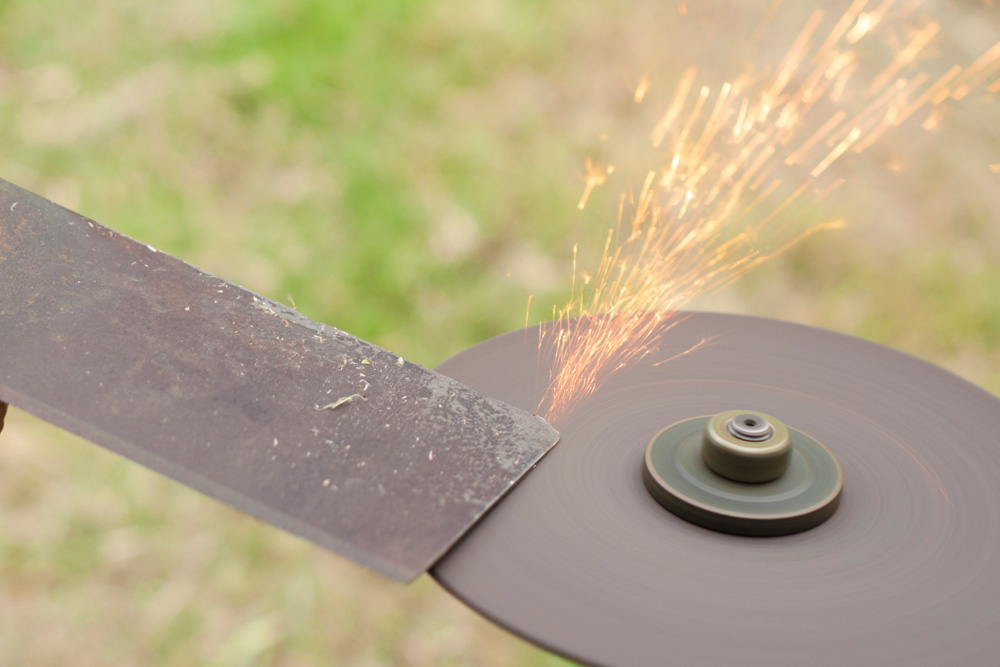
Sharpen Your Mower Blade
If grass gets damaged, it turns yellow and will need more water and nutrients to recover. Damaged grass is also more susceptible to disease. To prevent damage, you need to cut the grass evenly and cleanly. The only way to do this is with a sharp mower blade. You can use an angle grinder to sharpen your mower blade in the spring and then sharpen it at least twice more during the year.
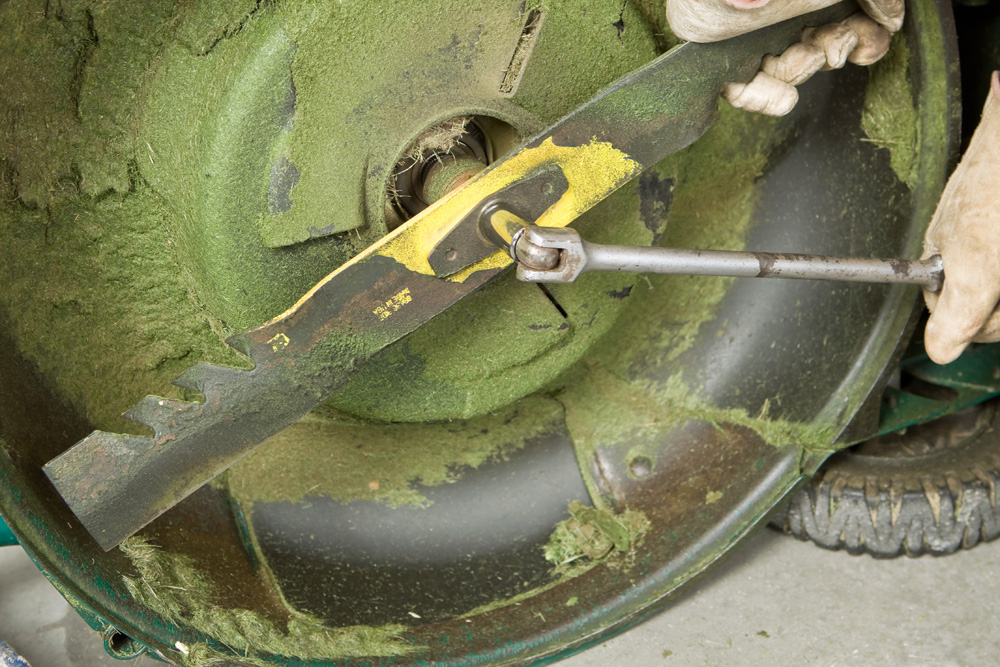
Balance Your Mower Blade
After you’ve sharpened your mower blade, you also need to balance it. An unbalanced blade will not only damage the grass, but also your lawnmower’s bearings. If all of this sounds like too much work for you, pay a landscaping company to use their equipment and mow your lawn for you.
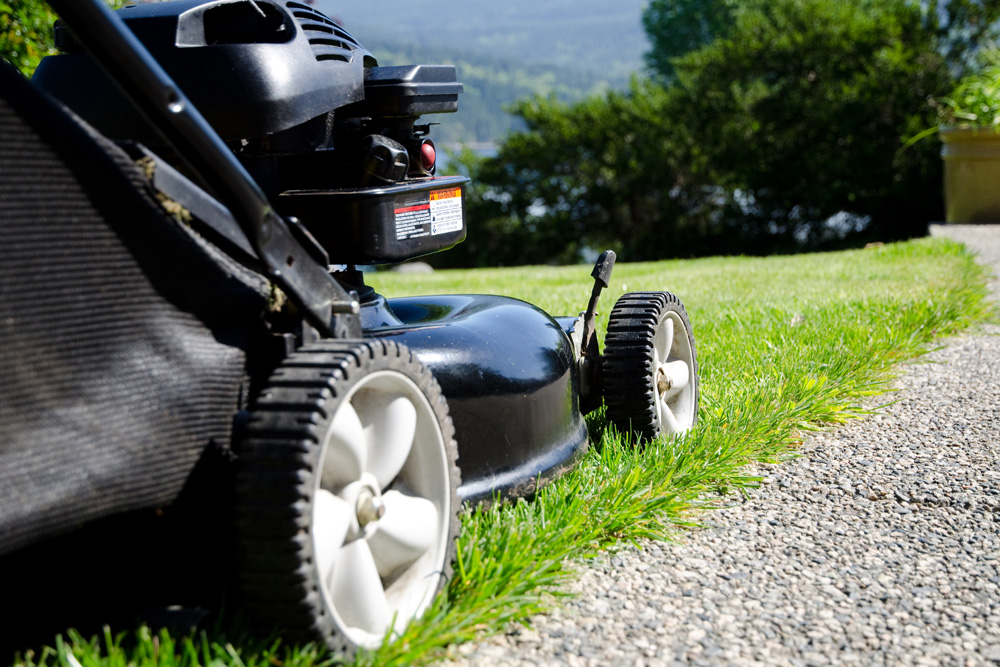
Adjust the Cutting Height According to the Season
For the first mowing of the season, use a cutting height of around 4 or 5 cm. This will remove dead grass and let sunlight reach the crowns of the plants. As the weather gets warmer, though, raise the blade to between 6 and 8 cm. This way, the soil will retain moisture for longer, the grass will develop a deep root system and weed seeds won’t have enough heat to germinate. For the last cutting of the year, drop the blade height again.

Mow Only When it’s Time
Grass grows according to its own schedule, not yours. Don’t mow the lawn because it’s Saturday and everyone is competing to see who has the best lawn on in the neighbourhood. Instead, mow it because it has grown too long. If you mow too often, you run the risk of cutting the grass too short.
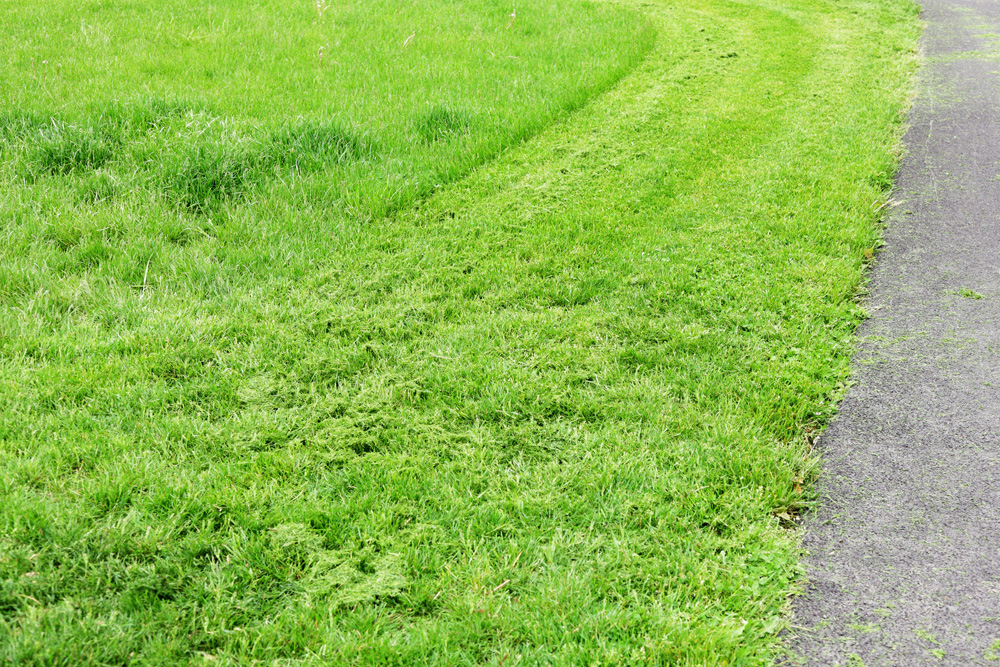
Leave the Lawn Clippings
Don’t rake the lawn clippings after mowing the lawn. If you leave them where they are, they will form a light layer of mulch to prevent moisture loss and keep weed seeds from germinating. They will also decompose and add nutrients to the soil. However, rake those clippings if they form a layer of more than 0.5 cm which can smother the grass and harbour pests.
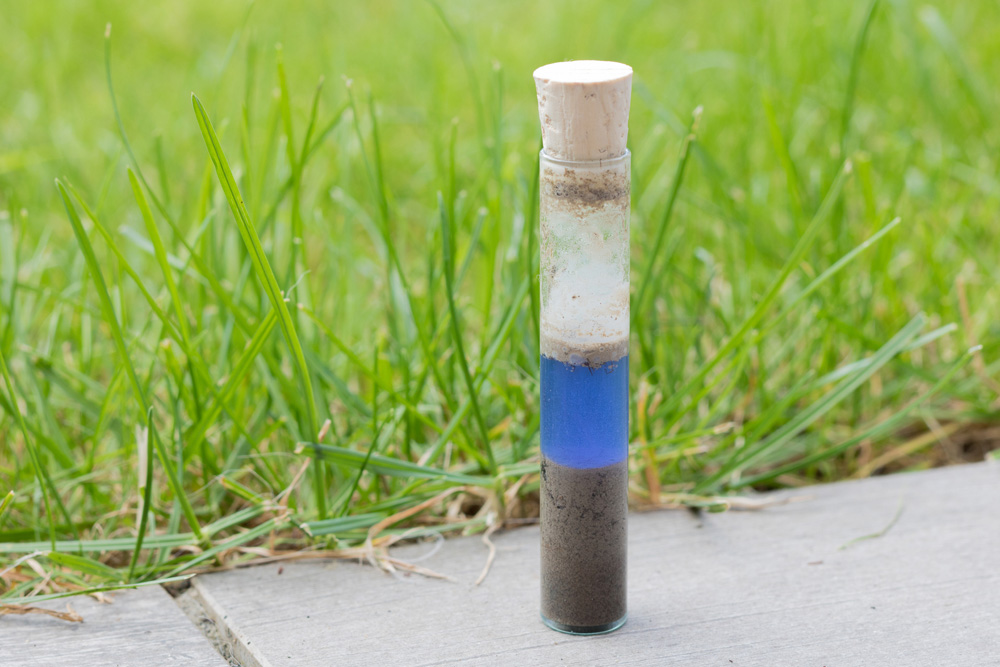
Fix the Soil pH
Most grasses grow best in an ever so slightly acidic soil with a pH of about 6.5. You can use a soil tester to determine the soil pH or you can look at the types of weeds growing there to get an idea of how acidic or alkaline the soil is. If the soil is too acidic, add lime. If the soil is too alkaline, add sulphur.

Add Compost
At the start of spring, spread a thin layer of compost over your lawn to give it a nutrition boost. You may have to do this a few times. Be careful not to make the layer too thick or it will smother the grass. You can add more grass fertilizer throughout the season if you think the grass clippings aren’t sufficient.
Related: Gross Ingredients That Are Surprisingly Great for Your Compost
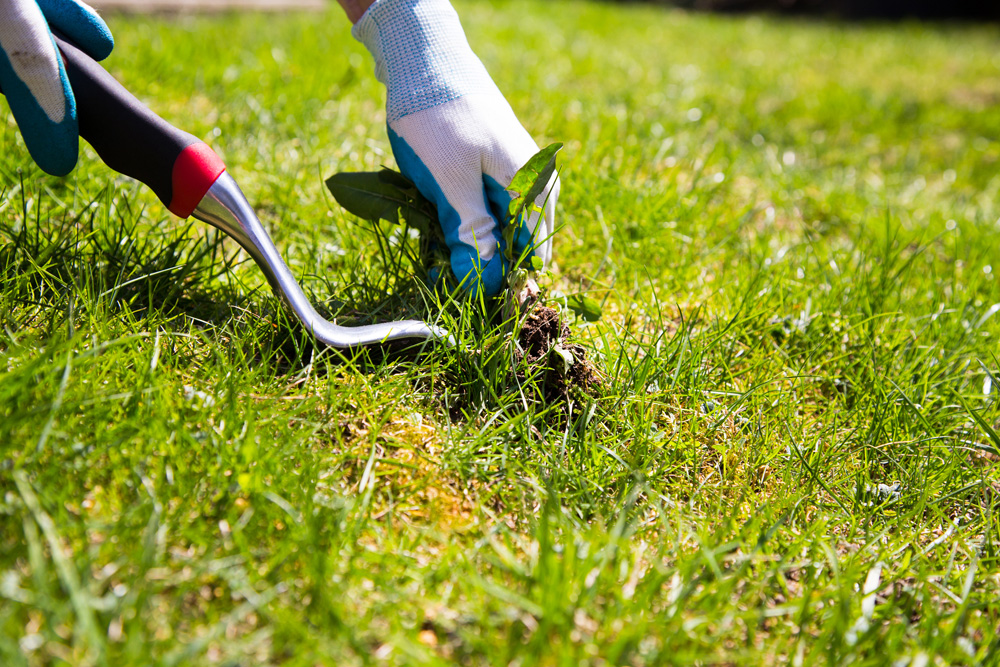
Get Rid of Weeds
Check your lawn regularly for signs of weeds. Weeds will compete with the grass for moisture, sunlight and nutrients and can harbour pests and diseases. You can pull them out by hand – dandelions, for instance, have useful medicinal properties when they’re not ruining your lawn. Adding corn gluten meal is a less back-breaking alternative and acts as a natural lawn fertilizer to boot.
Related: The Best Herbs and Medicinal Plants to Grow in Your Home This Spring

Get Rid of Fairy Rings
Fairy rings – a naturally occurring ring of mushrooms – cause grass to die and let weeds get a foothold, so you need to get rid of them before they spread. The best way to do this is to cut out the dead patch and reseed or resod the area.

Control the Pests
A healthy lawn needs insects to burrow through the top layer of soil and allow moisture, air and nutrients to flow through. However, some pests, like chinch bugs and white grubs, can wreak havoc in your lawn. Inspect the lawn regularly for signs of insect damage and then take the appropriate action to keep pests out of your lawn.
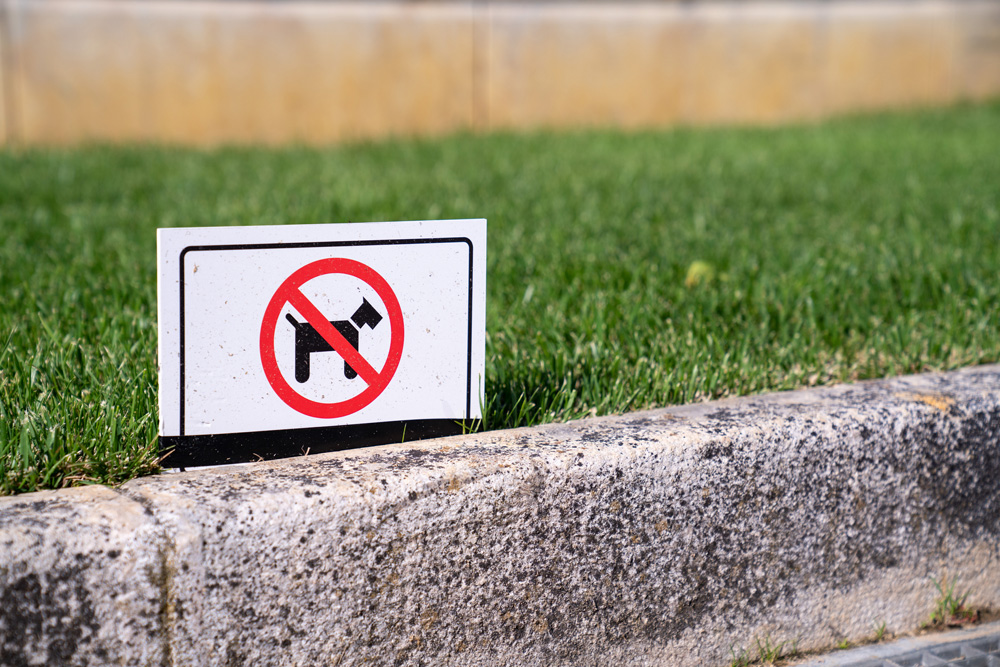
Don’t Let Your Lawn Be a Toilet
Green lawn care doesn’t mean every kind of urine and manure is automatically good for the grass. Pet urine can burn the grass and cause it to turn yellow and die. If you have pets, train them to use only a specific spot in your garden for their bathroom business and to stay off the lawn. For other people’s pets, one remedy is to buy lion dung online – no, really! – and place it around your garden as a deterrent.
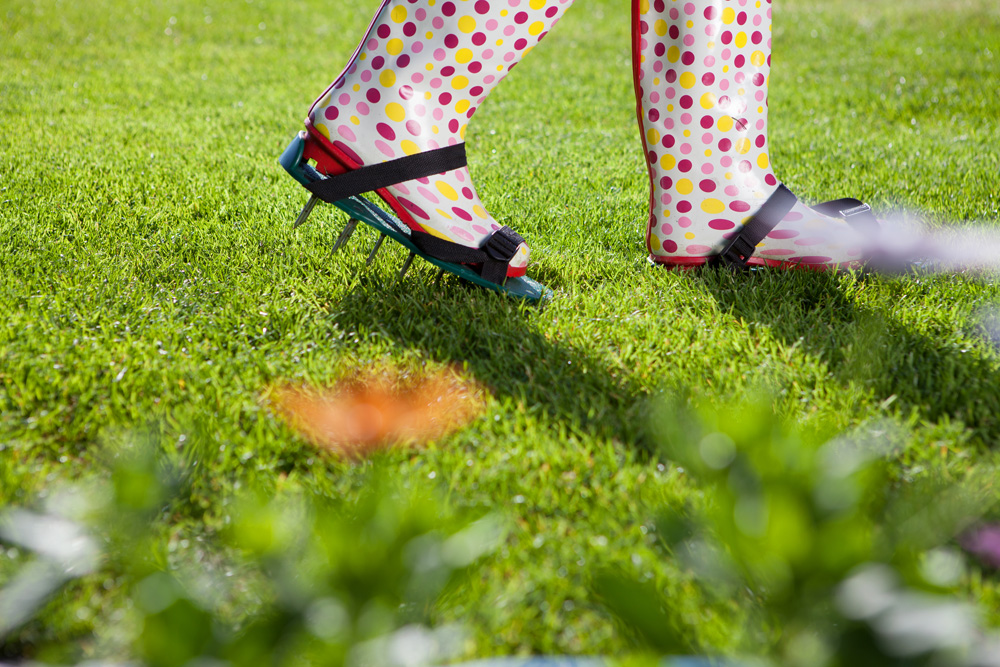
Aerate Your Lawn
When you notice that water doesn’t penetrate well into the lawn, there is a build-up of thatch, the ground is hard and compacted or there are weeds, it’s time to aerate the lawn. Making holes in it will allow for a better flow of air, water and nutrients to the roots. You can use special lawn aerator for this or, if the lawn is small, you can simply walk around on it while wearing your favourite aerating shoes.
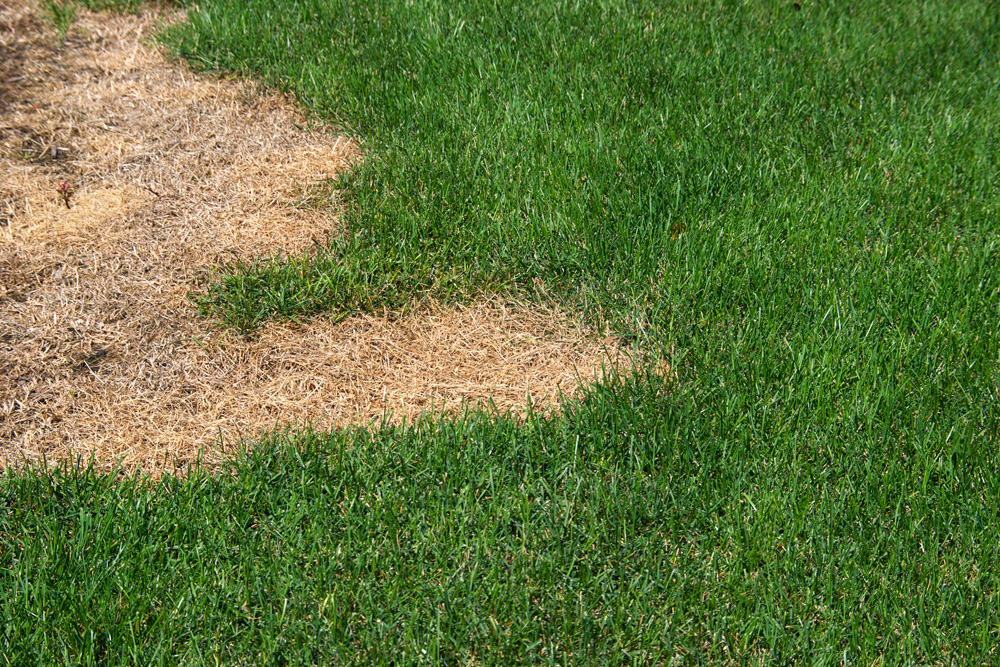
Dethatch When Necessary
In a lawn that gets too much water or chemical fertilizers and pesticides, dead roots and grass can form a tough layer on the surface. This is called thatch. If it becomes more than 1 cm thick, it can prevent nutrients, water and air from reaching the roots and it can harbour pests and diseases. Use a heavy rake to dethatch your lawn when necessary.

Overseed
If you spread some grass seed on your lawn in the late summer or early fall, the lawn will be nice and dense. For great organic lawn care, you can apply a top dressing of compost and topsoil first and rake the seeds into the soil.
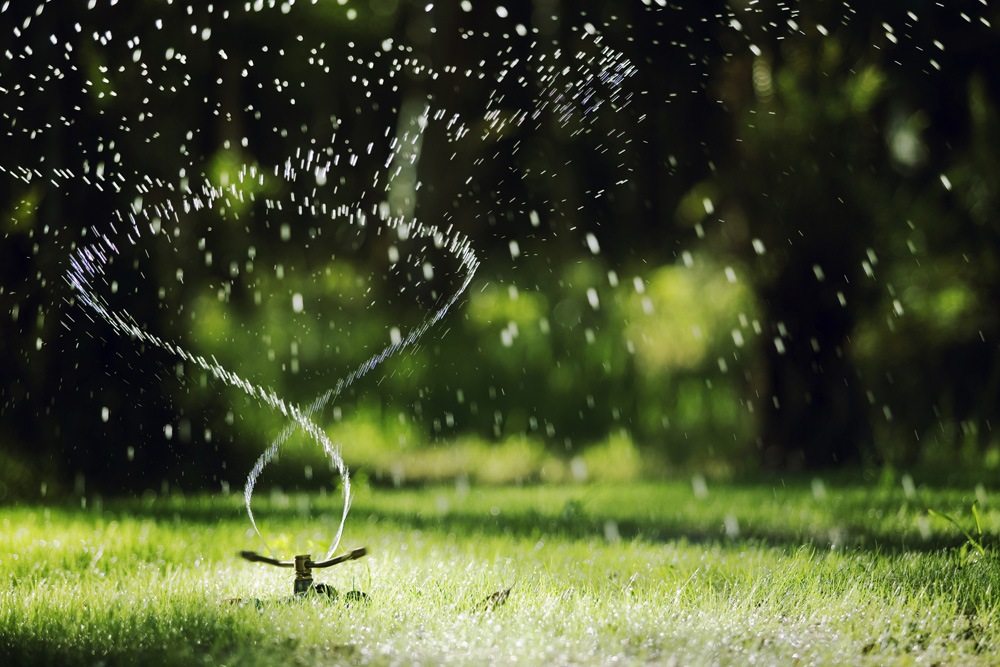
Know When to Water
Your lawn needs watering far less often than you’d think. A good rule of thumb for whether or not you need to water it is: if it has rained in the past week, don’t water it. If it hasn’t rained, pull up a small piece of turf and check the top 5 cm of soil. If it has moisture in it, don’t water. If it’s dry, your lawn could do with water.

Water at the Right Time
You know that if you want to save water, you shouldn’t water the lawn at midday. Watering it in the evening isn’t a good idea either, though. In the evening, the grass will remain wet for longer and this can increase the risk of diseases. The best time to water is in the morning and if you’re still worried about the power bill, rain barrels are one of those exterior upgrades that will save you money.
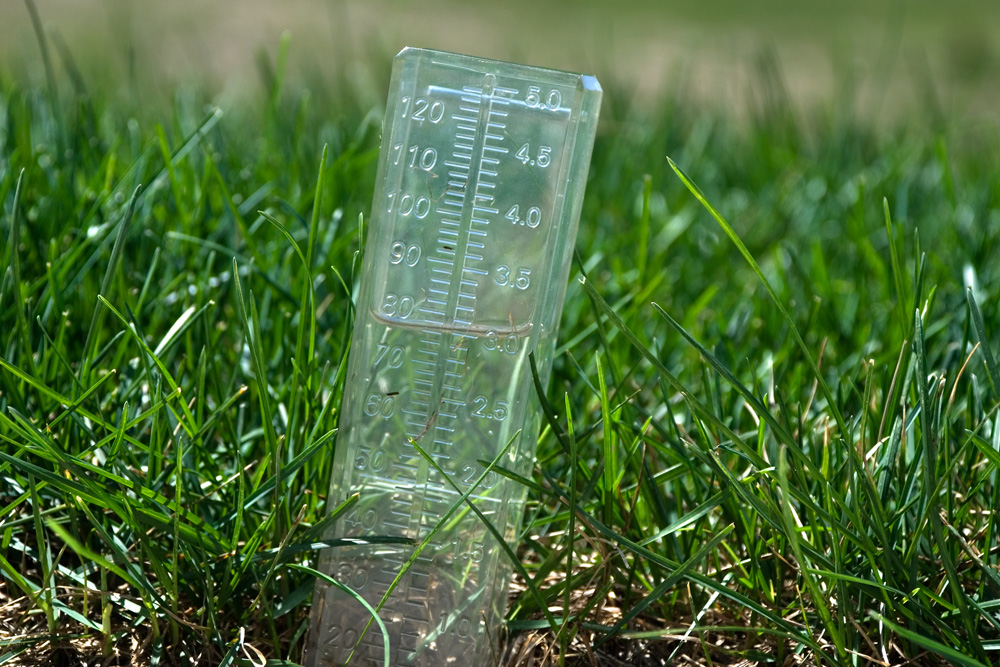
Give the Right Amount of Water
When you water your lawn, you need to give it about 2.5 cm worth of water. A nifty trick is to put an empty tuna or pet food can on the lawn while you’re watering. When the can is full, you’ve watered enough.
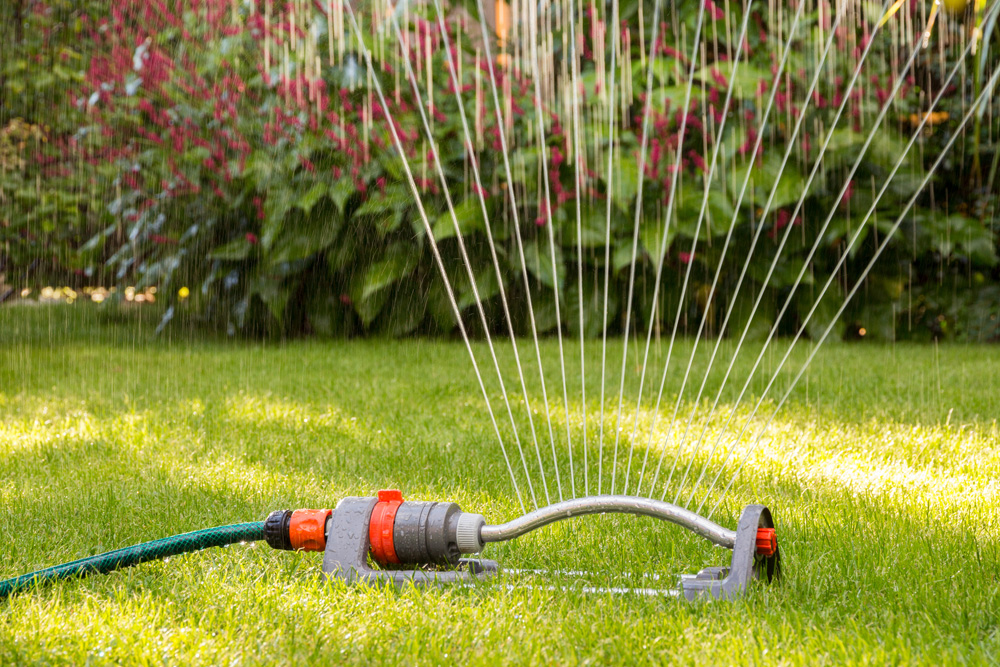
Water in Two Phases
Because the soil will be dry and hard when it’s time to water the lawn, water may run off instead of soaking into the soil. To prevent this, let the sprinkler run for about 15 minutes. Then wait about an hour to give the water a chance to sink in. Then turn the sprinkler on again for an additional soaking.
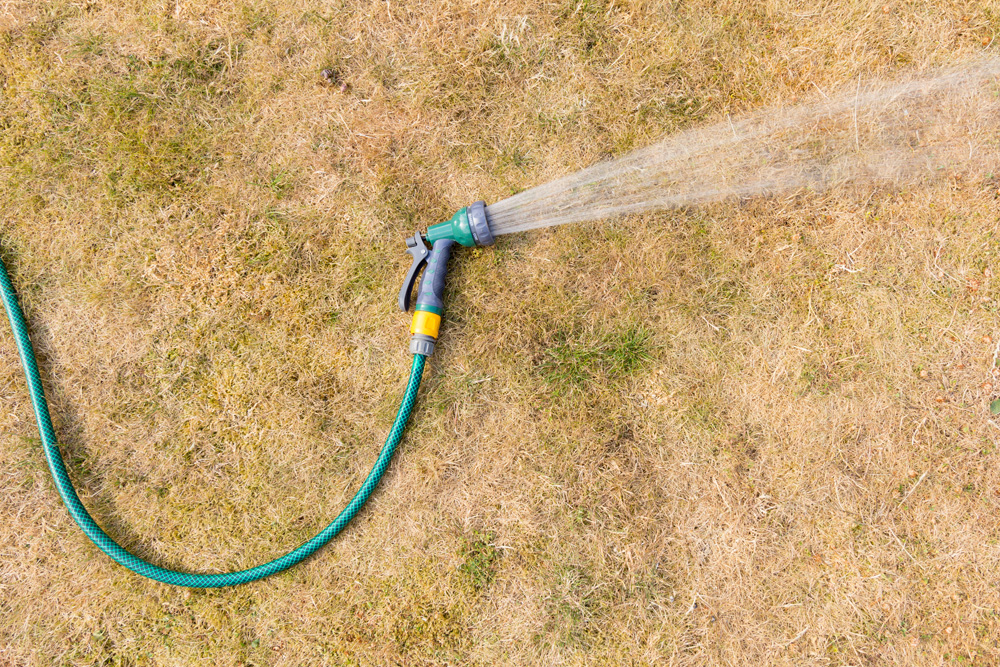
Don’t Panic When it’s Hot
Especially during extended periods of hot and dry weather, the lawn may turn brown and become dormant. Don’t panic, pull up everything and pave over it when this happens. If your lawn is healthy, it can survive for several weeks while it’s dormant. When regular moisture levels return, so will the green.
Related: 20 Hacks That Will Bring Your Dead (or Dying) Plant Back to Life
Home Network your inbox.
By clicking "SIGN UP” you agree to receive emails from Home Network and accept Corus' Terms of Use and Corus' Privacy Policy.




